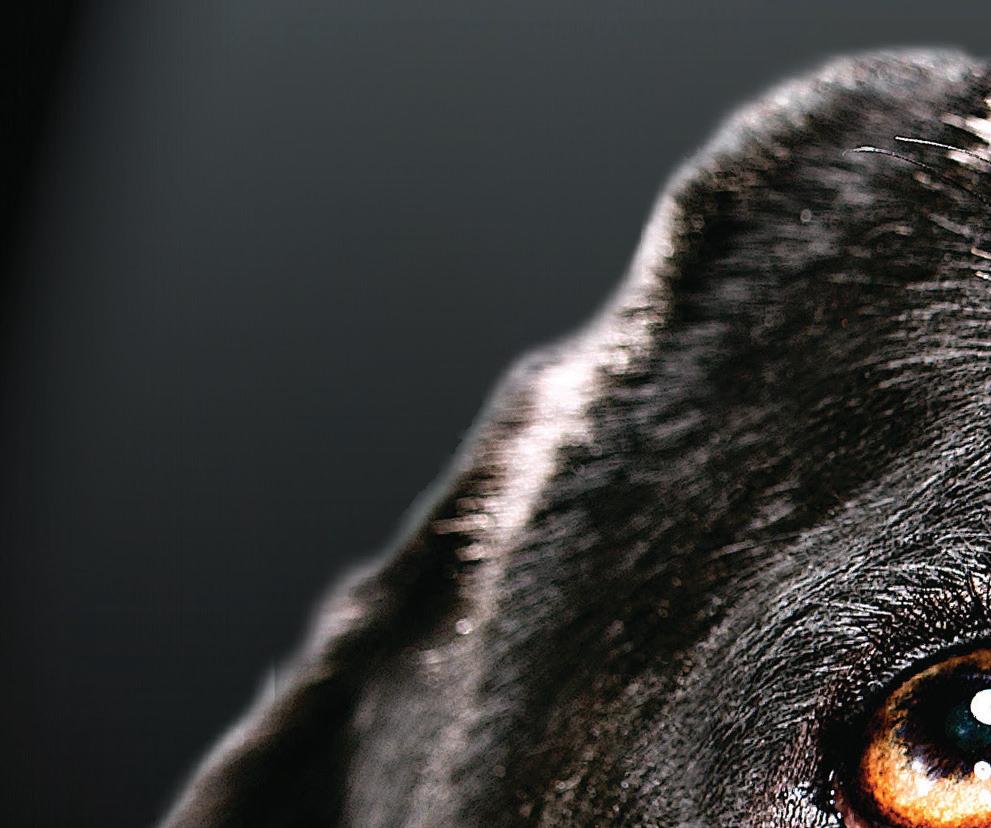
7 minute read
AME student saves entangled pelican’s life
Girl rescues pelican in distress
BY LESLIE LAKE
SUN CORRESPONDENT | llake@amisun.com
CORTEZ – While coming back from a fishing charter with her mom, Cortez-based Capt. Katie Scarlett Tupin, eagle-eyed 9-year-old Vivien Tupin spotted a pelican in distress on the water.
“We were coming back and I said ‘Mom, there’s a pelican over there that can’t fly,” Vivien said about the Dec. 12 incident. “My mom didn’t see it.”
Describing the bird as looking “really sick,” Vivien said she could see that the pelican was making a futile attempt to fly.
“When we get closer to pelicans, they usually try to fly off, but he couldn’t,” Vivien said. “Around where his waist is, he had fishing line wrapped around him. It was really bad.”
Using a net, Vivien gently brought the bird up onto the boat.
“He tried to get out of it (the net), but he couldn’t,” she said. “We caught him and brought him to a lady we know who takes care of birds.”
She said after dropping off the injured bird, she and her mom went back out on the water.
“We checked up on the bird and she said he was doing good,” Vivien said.
Fishing line entanglements are common injuries for pelicans. They are often hooked or entangled in fishing gear.
Staff at a local animal rescue organization know all too well what injuries can occur to these long-billed shorebirds in their search for food.
“We see at least 50 pelicans a year with mostly fishing-type injuries,” said Krista Carpenter, a volunteer at Bradenton Beach-based Wildlife Inc. Education and Rehabilitation Center.
If a pelican is caught in a fishing line, Carpenter said that as the line gets tighter it will cut into the bird’s skin or internal organs.
Vivien’s grandmother and Katie Scarlett’s mom, charter Capt. Kathe Fannon, said, “She always looks out for birds, so I’m not surprised she saw it and I’m not surprised she wanted to help.”
Vivien, a fourth-grade student at Anna Maria Elementary School, said she hasn’t told her friends yet about the rescue.
“Not yet, but I will,” she said modestly.

A pelican may owe its life to Vivien Tupin.
















See darkness in a whole new light. Engage your senses as you envision life from a new perspective.
Walk in the shoes of a person who is blind. Step into the world of aveteran adjusting to civilian life.And see for yourself how some of the most intelligent, talented dogs on this planet help people journey beyond the dark.
Discover why everyone is raving about this acclaimed multi-sensory experience. Reserve your seat today.
GuideDogs.org/Dark

Ad sponsored by




Red tide impacting local dolphin population
A local dolphin expert says that dolphins are having a tough time due to red tide, and asks fishermen to help.
BY LESLIE LAKE
SUN CORRESPONDENT | llake@amisun.com

SARASOTA – Randy Wells, director of the Sarasota Dolphin Research Program at Mote Marine Laboratory, is seeing red.
Red tide, that is, and its harmful impact on the dolphin community is the subject of Wells’ year-end newsletter, Nicks ‘n’ Notches.
“This red tide bloom is shaping up to be particularly devastating, with record counts of Karenia brevis (the microscopic algae that causes red tide algal blooms off Florida) being found not just in our own water samples but in those collected by Florida’s Fish and Wildlife Conservation Commission (FWC) and their partners along the coast,” Wells wrote.
Red tide cell counts have reached levels more than 25 times greater than the concentrations at which fish begin to die, according to Wells.
“And, as floating mats of dead fish increase and healthy fish populations are decimated, we know from our research that dolphins will be at risk - not just from the neurotoxins released by the cells when they break apart, but also from follow-on ecological effects,” he wrote.
About 170 dolphins inhabit the waters from the southern edge of Tampa Bay along the central west coast of Florida to Venice Inlet. Dolphins, with a life span of 40 years or more, typically remain in the same geographical area during their lives.
“It takes a lot to get them to move. They need fish, they know how to catch fish, they know the risks and the predators,” Wells told The Sun in September. “For example, when Hurricane Charley hit and was followed by a red tide, 94% of dolphins stayed.”
Wells said that during the red tide event of 2018-19, the ray population was hit hard and consequently sharks weren’t finding prey.
“During that we saw a record number of shark bites in dolphins and also had calves disappear.”
He said in past blooms there have been documented declines in fish populations of more than 75% among the species dolphin prey on, leaving human anglers and dolphins competing for smaller and smaller populations of fish.
“Anglers get frustrated as dolphins take their gear and fish,” he writes. “And dolphins become seriously injured or die from eating recreational fishing gear or being hooked or entangled in it.”
During the 2005-06 bloom, 2% of the Sarasota Bay resident dolphin community members died from ingesting fishing gear.
Wells offered the following caution: “If you are fishing during this red tide and dolphins approach you, please reel in until they pass on by. In these tough times, they need these fish to survive, and they need to be able to catch them free from risk to life and fin from fishing gear.”
SUBMITTED | SARASOTA DOLPHIN RESEARCH PROGRAM These dolphins, along with about 170 others, live locally in Sarasota and Tampa bays. Red tide can make it hard for them to find food.


























